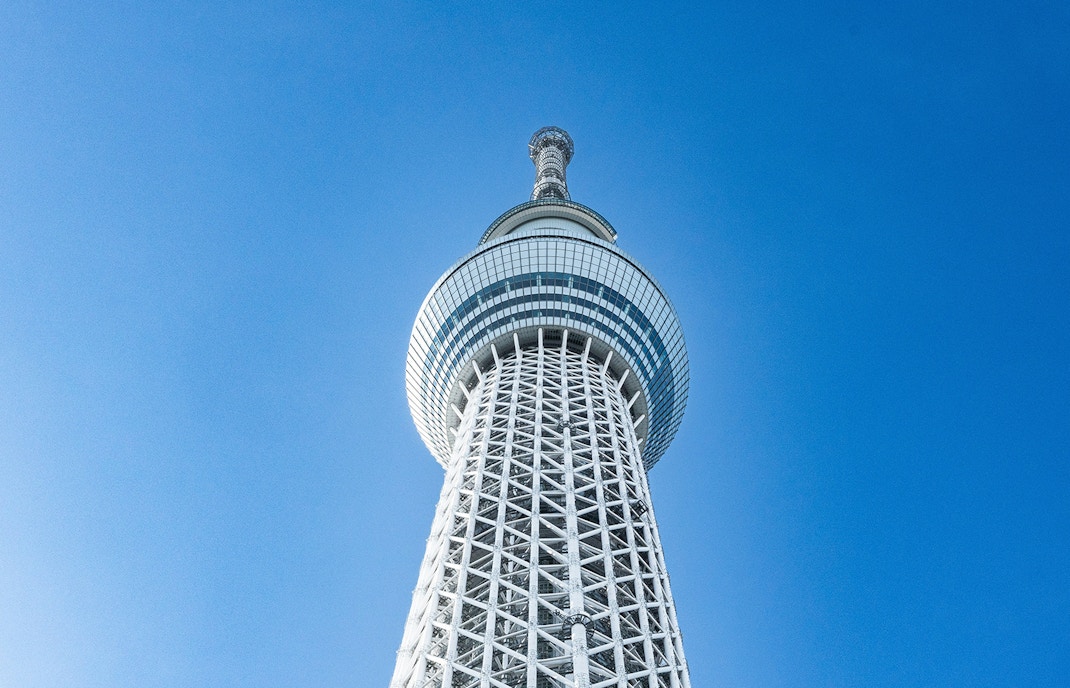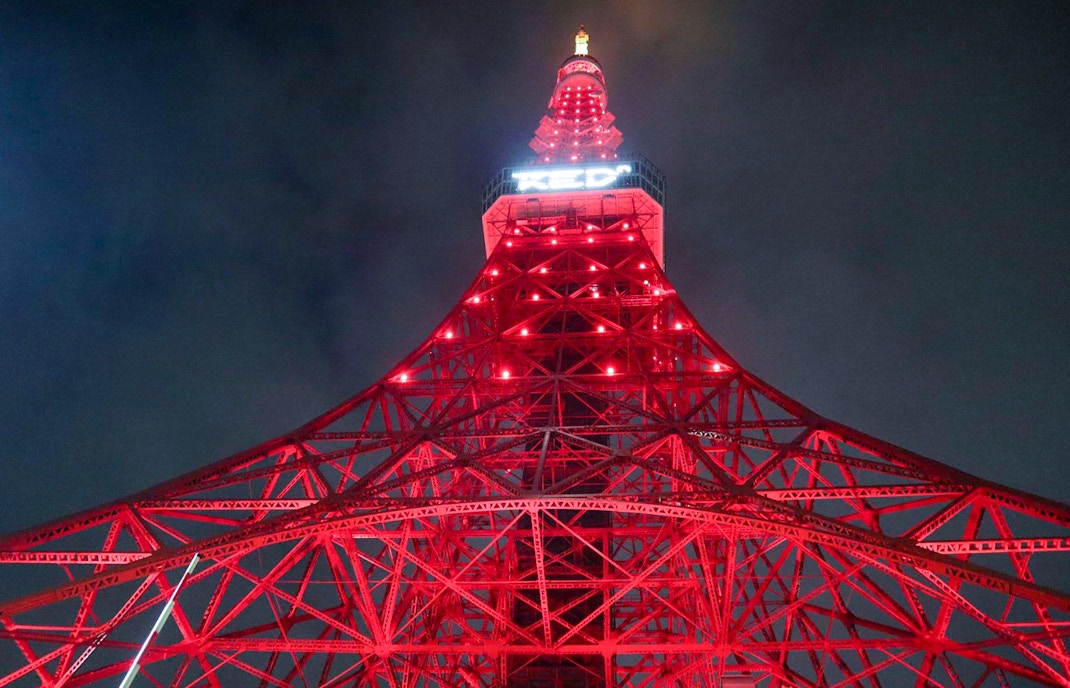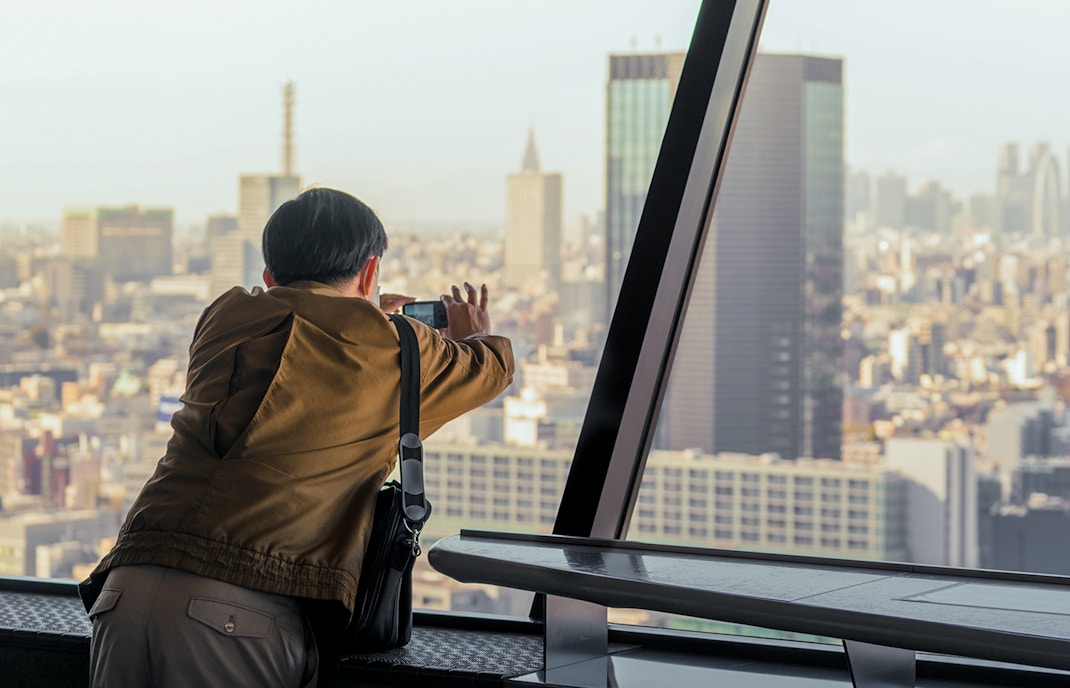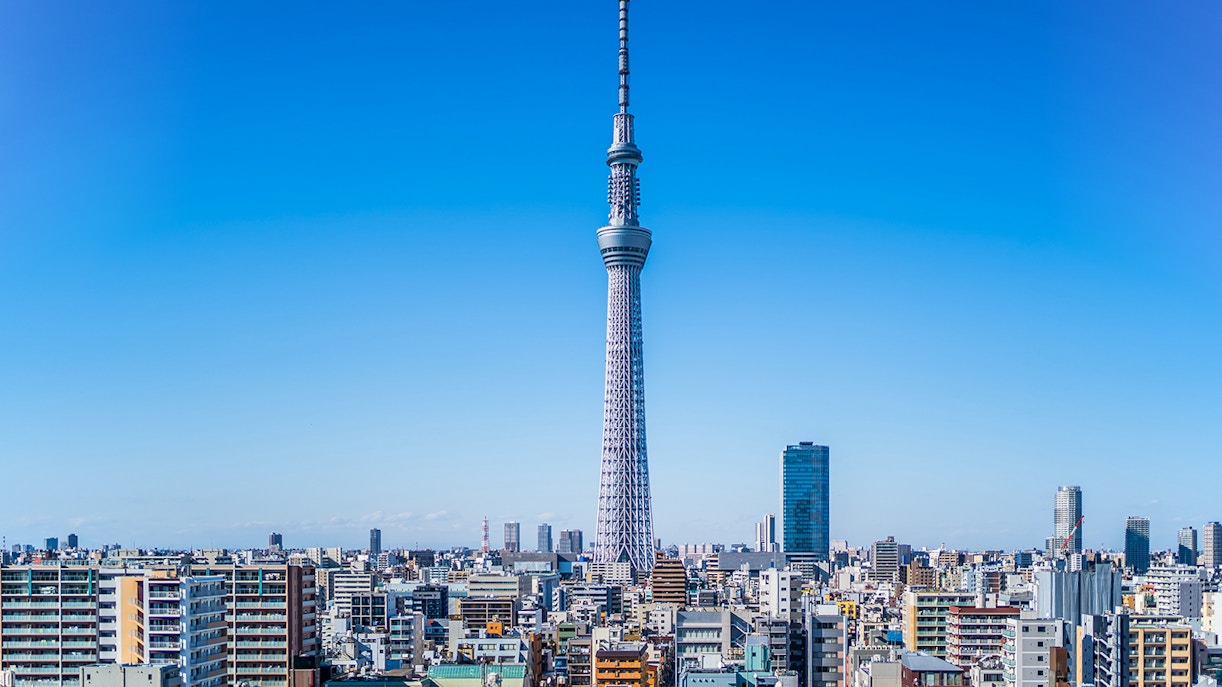Despite its modern appearance, the history of Tokyo Skytree can be traced back to the 16th century, when a tower called the Musashi Kosugi Signal Tower was built in the area. The tower was used to transmit signals to Edo Castle, which was located in the Old City of Edo (present-day Tokyo).
Tokyo Skytree history explained
The name Musashi in Tokyo Skytree’s original height pays homage to the old name of the region. This encompasses parts of modern-day Tokyo, Saitama, and Kanagawa.

Musashi Signal Tower (16th century AD)

Planning and construction (2003-2012)

Design and engineering (2008-2012)


